I am experimenting with a DFB Laser salvaged from a scrapped GPON Router. Laser works fine, but it comes with what looks like a "Built in InGaAsP monitor photodiode" incorporated into the laser. Here is a picture of how it looks like:
Pinout connections and product specs are taken from a similar product, because the component I have does not come with any visible part number on it.
So, assuming it was a regular photodiode, I quickly setup the following circuit from Lewis Loflin to see if the photodiode will react to its own laser:
I connected the photodiode in reverse bias as the circuit suggested, with 5 volts instead of 12v and with a smaller feedback resistor (470k). As a result, the component effectively behaved as a PIN Photodiode, producing a pulsed 20khz signal at the lm358 OpAmp output. (Exactly the same frequency as the laser was being driven).
Next I decided to test whether this "PIN photodiode" will behave as an Avalanche Photodiode. So I found and built this Active Quenching circuit from Physics Open Lab:
When the circuit was finished, I connected the photodiode in reverse bias, left the laser turned off, supplied 5v to the logic components, connected the oscilloscope probe to the signal output, grounded myself and made sure there was as little emi as possible, connected the bias power supply and started to crank up the voltage. To my surprise, approaching 54.2 volts bias, it started to trigger and quench something!? I know the setup is very basic, and the components are of very low performance, the lm311 is very slow to react, so the avalanche lasts a lot of time, about 800ns blinded until it can detect again. Increasing the bias voltage a little, about 54.7 volts, it triggers the quenching circuit so often, that the output looks fully saturated:
So, finally the question: Is this a PIN Photodiode or an APD? If it is a PIN photdiode, why it behaves like an avalanche device?




